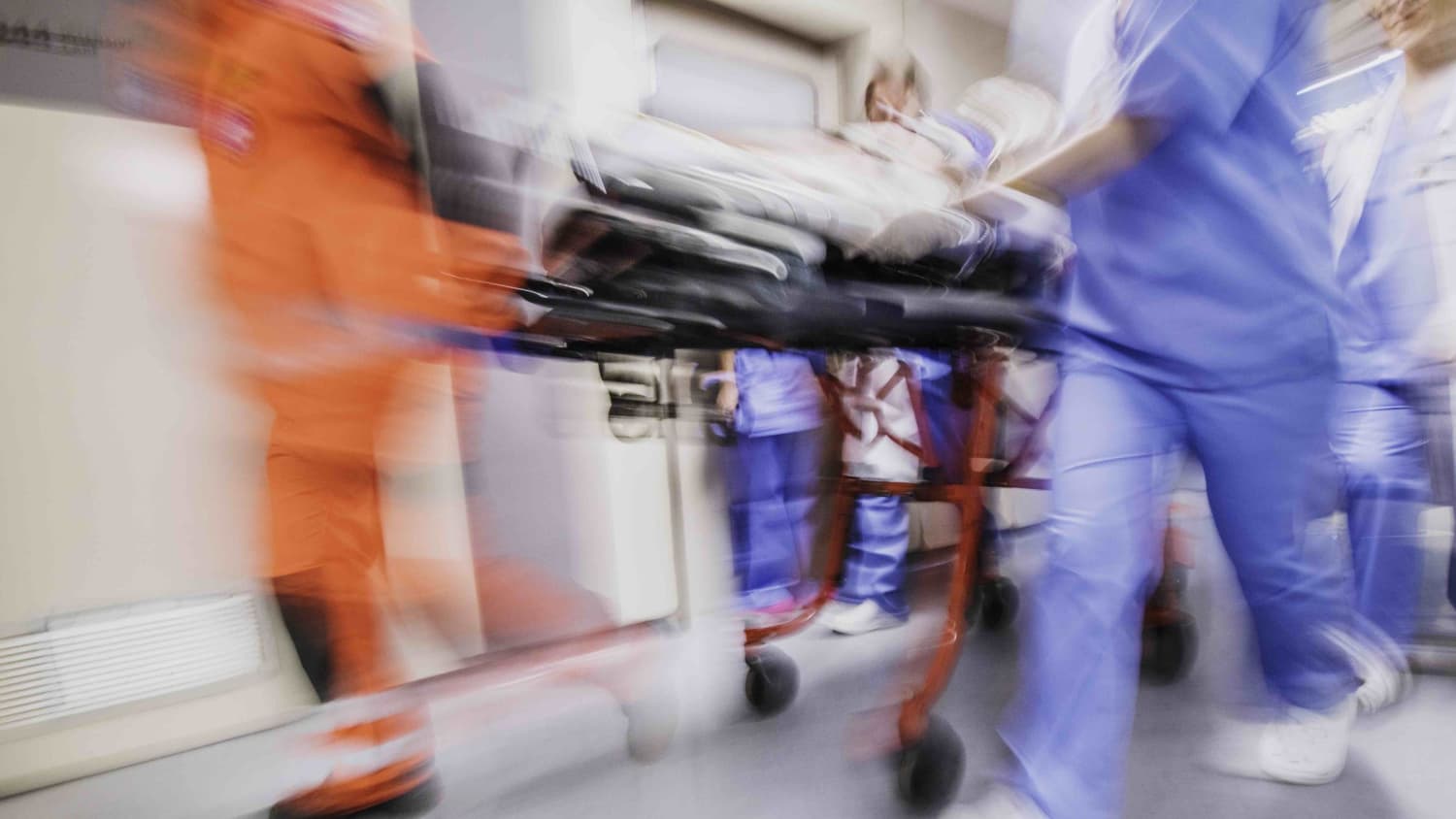Sunday, December 18, 2016
The Real Problem of Fake News
Thursday, December 15, 2016
You Must Know about TXA Before Your Next Operation
A new study out of Baylor College of Medicine in Houston shows that use of effective anti-bleeding drugs during surgery is up. That's good. But it is not up enough.
Dr. Henry Huang says:
“There is a growing body of literature to support the use of antifibrinolytics to decrease perioperative blood loss, so the hope was that utilization rate would come up, and it did so in our study. But nearly 30% of centers have still decided not to use antifibrinolytics despite the increasing evidence.”Antifibrinolytics are drugs such as TXA (tranexamic acid) that promote clotting.
A huge study of TXA in 2012 called CRASH-2 looked at 20,000 patients (half given TXA, half a placebo). It proved beyond all doubt that doctors' most common fear about TXA - that it would cause patients to throw a dangerous clot - were absolutely groundless. (Remember that term - CRASH-2. Ask your doctor if he is familiar with the CRASH-2 study.)
30% of surgical teams not using TXA, or something similar, is a concern. What has inhibited the adoption of what is essentially a miracle drug?
Of the centers that did not use antifibrinolytics, two factors
were predominantly cited: 1., surgeon preference, and 2., concerns about side
effects.
Since CRASH-2 proved beyond doubt that the side effects were minimal, what's the remaining hold up? "Surgeon preference."
Really????
Take a card, write "TXA" on it in large letters, and keep it in your wallet. If you need surgery, pull it out. If your surgeon has a "preference" for blood transfusion instead of preventing blood loss, perhaps you should "prefer" another surgeon.
Please feel free to leave a comment. I've written quite a bit about blood medicine. To read my other columns on this subject, click here.
Bill K. Underwood is the author of several novels and one non-fiction
self-help book, all available
at Amazon.com.You can help support this site by purchasing a book.
Wednesday, December 14, 2016
How did Moses feed 3 million people?
“A string of interconnected tank cars with flexible hoses, the TankTrain System can quickly load and unload large volumes of liquid. At a rate of 3,000 gallons per minute, that's 1 1/2 hours to load a 5-car string. A 90-car train can load in less than five hours.”
‘The channel may have been a kilometer or more in width. Though in fairly close marching formation, such a group, along with what wagons they had, their baggage, and their cattle, even when rather closely ranked, would occupy an area of perhaps 3 square miles or more. It appears, therefore, that the sea-opening allowed the Israelites to cross on a fairly wide front. If there was about a 1 mile front, then the depth of the Israelite column would probably be about 3 miles or more. If it was about a 1.5 mile front, the depth might be about 2 miles or more. It would take such a column several hours to get into the seabed and travel across it. While they did not go in panic, but maintained their battle formation, they would no doubt move with considerable haste.’
To return to the home page, click here.








